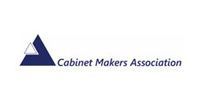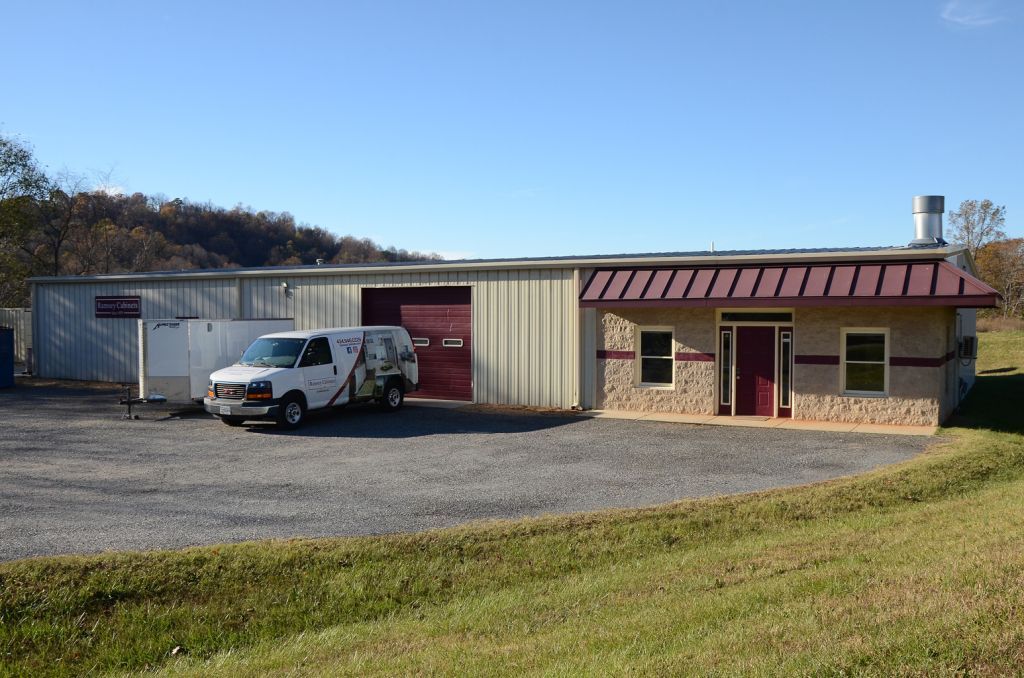FAQs
Ramsey Cabinets
Have a cabinet-related question? We have the answer at Ramsey Cabinets.
Check out these FAQs and give us a call today for more information!
What is the average cost of your kitchen cabinet job?
The cost for our kitchen cabinet projects varies significantly, typically ranging from $15,000 to $100,000, depending on the specific requirements of each project.How long does it take for you to complete a project?
Typically 4-8 months
What is your service area?
We primarily serve the Lynchburg, VA area. However, we're open to extending our services beyond this area for customers who require our expertise.
Do you use particle boards or other engineered wood panels?
We utilize particle boards for plastic laminate countertops and medium-density fiberboard (MDF) for certain painted door panels. Our standard cabinet construction, however, uses 3/4-inch thick maple plywood with a domestic veneer core. These sheets are pre-finished with a UV coating for lasting beauty and durability. We're committed to using premium materials to ensure the highest quality cabinets.
What door styles do you offer?
Our door-style offerings are extensive. If you can provide an image of your desired style, we can typically replicate it for your project.
How do you determine the price of your cabinets?
Cabinet pricing is generally calculated per linear foot. The rate is influenced by factors such as wood type, hardware choices, door designs, finish, and the amount of applied molding and trim. Countertops are priced separately, usually by square foot.Do you paint cabinets?
Yes, we offer cabinet painting services. We're equipped to apply any specified finish for your project, including paint, clear coat, stain, or other finishes.Do you use a design software?
We employ a variety of software solutions including design software, manufacturing software, and CAD/CAM software to ensure precision in our work.What's the difference between "factory" cabinets and "custom" cabinets?
Factory cabinets are mass-produced in predetermined sizes with limited design options. They often require fillers to fit spaces and involve multiple third-party companies in the process, potentially increasing costs and reducing quality. Custom cabinets, on the other hand, are designed and built to meet specific customer needs, offering unlimited options in size, finish, and style. They're typically handled by a single company from design to installation, ensuring better quality control and often providing better value despite potentially higher upfront costs.
What are my countertop options?
We offer a diverse range of countertop materials including granite, quartz, solid surface, plastic laminate, cultured marble, wood, and tile to suit various preferences and needs.Do you install your cabinetry?
Yes, we handle the installation of our cabinets. This allows us to maintain stringent quality control throughout the entire process, from design to final installation.




Share On: